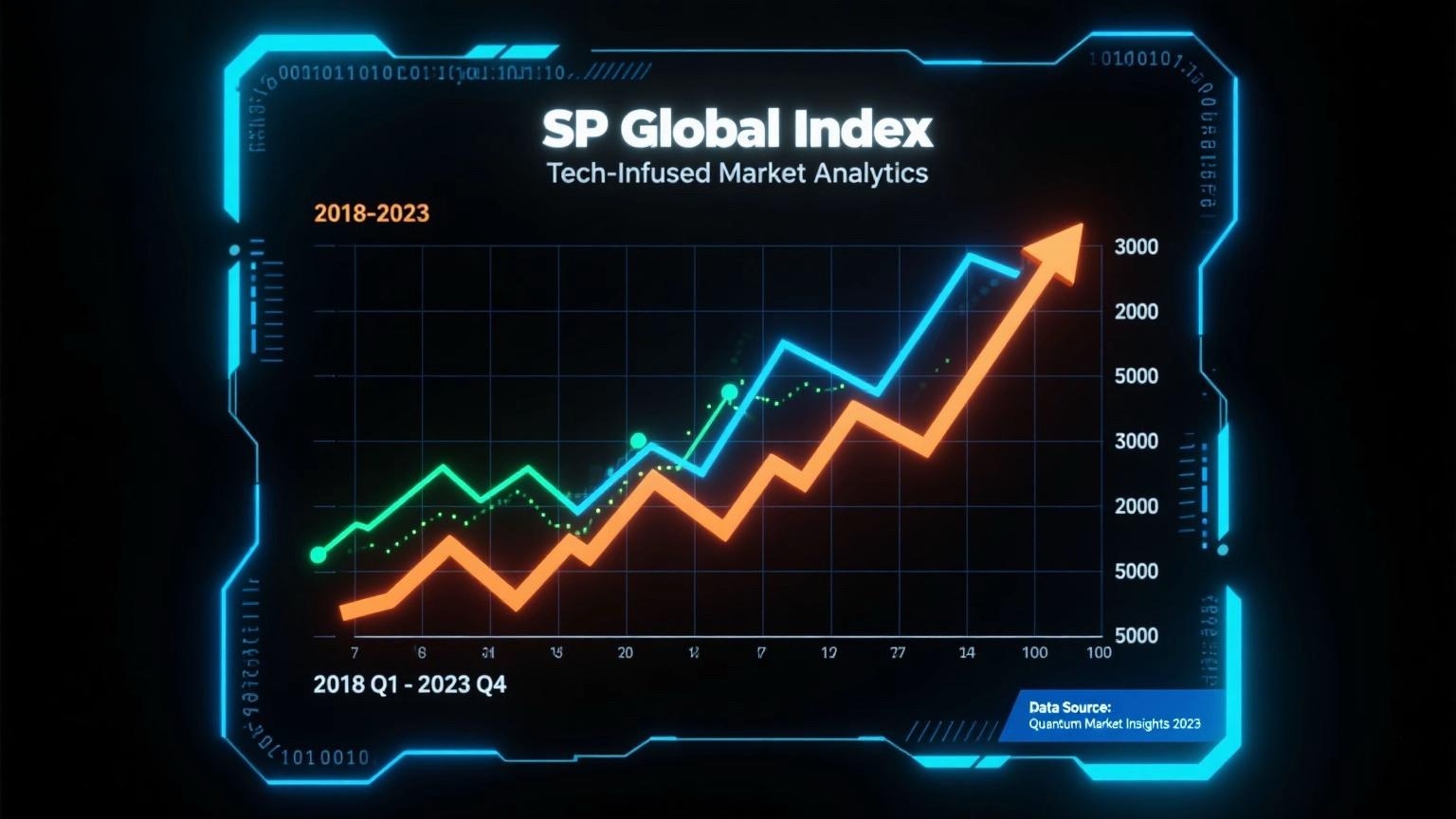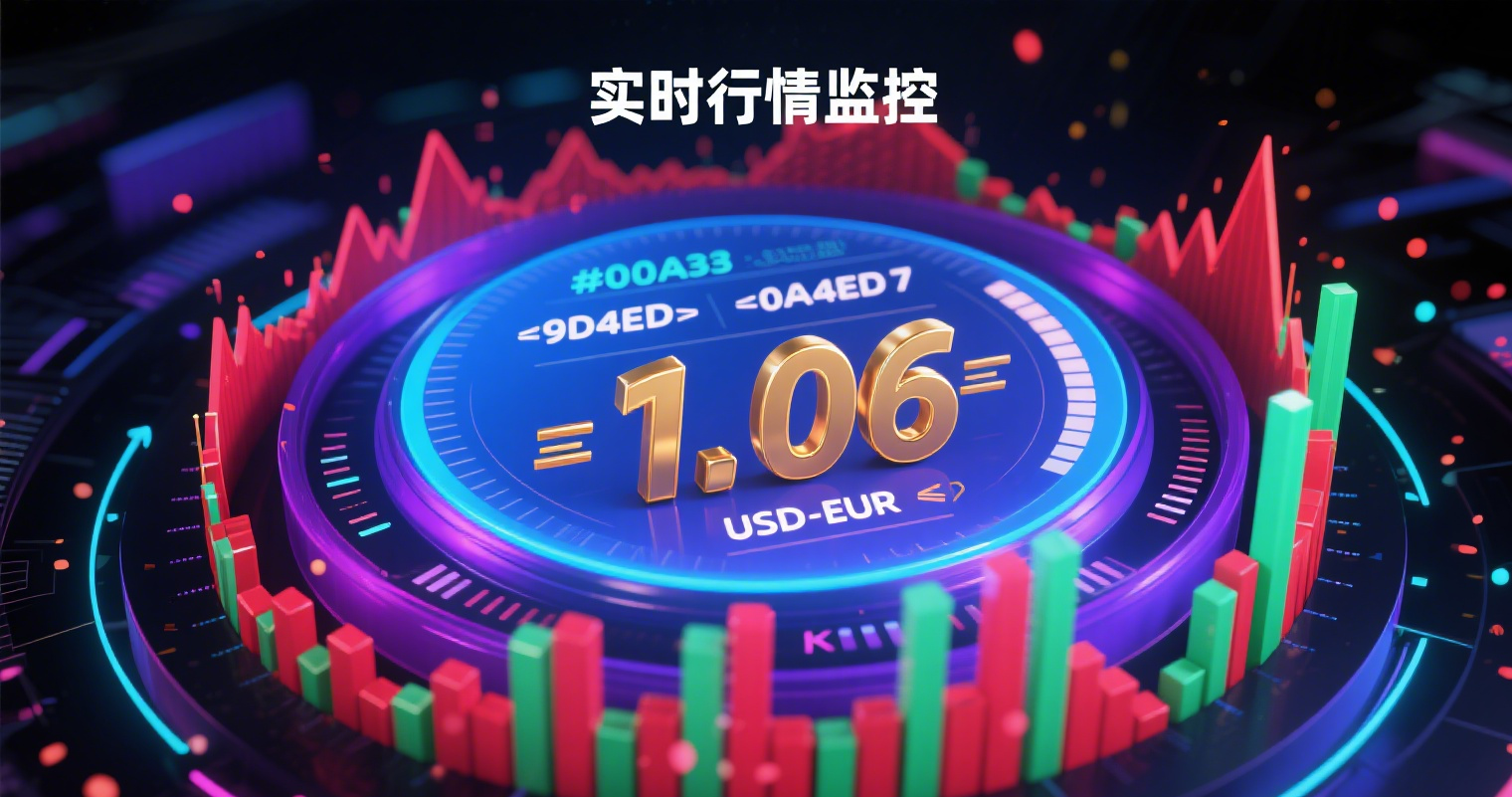
The S&P Global Index is constructed using a free-float market capitalization weighting method, ensuring it reflects the influence of multiple macroeconomic factors on its performance and volatility, including interest rates, inflation trends, and economic growth patterns across developed markets. Changes in monetary policy, such as central banks adjusting interest rates, may lead to fluctuations in stock valuations, currencies, and sector divergences.
Additionally, geopolitical dynamics, trade policies, and global supply chain disruptions can affect investor confidence, leading to increased market uncertainty. In recent years, factors such as technological innovation, energy market transitions, and fiscal policies have also influenced the market trends reflected in the index's performance.
Since the S&P Global Index tracks the overall conditions of developed economies, its movements result from the combined impact of regional economic conditions and sector trends. Market participants analyze these influences to better understand how macroeconomic events are reflected in stock market performance.
















